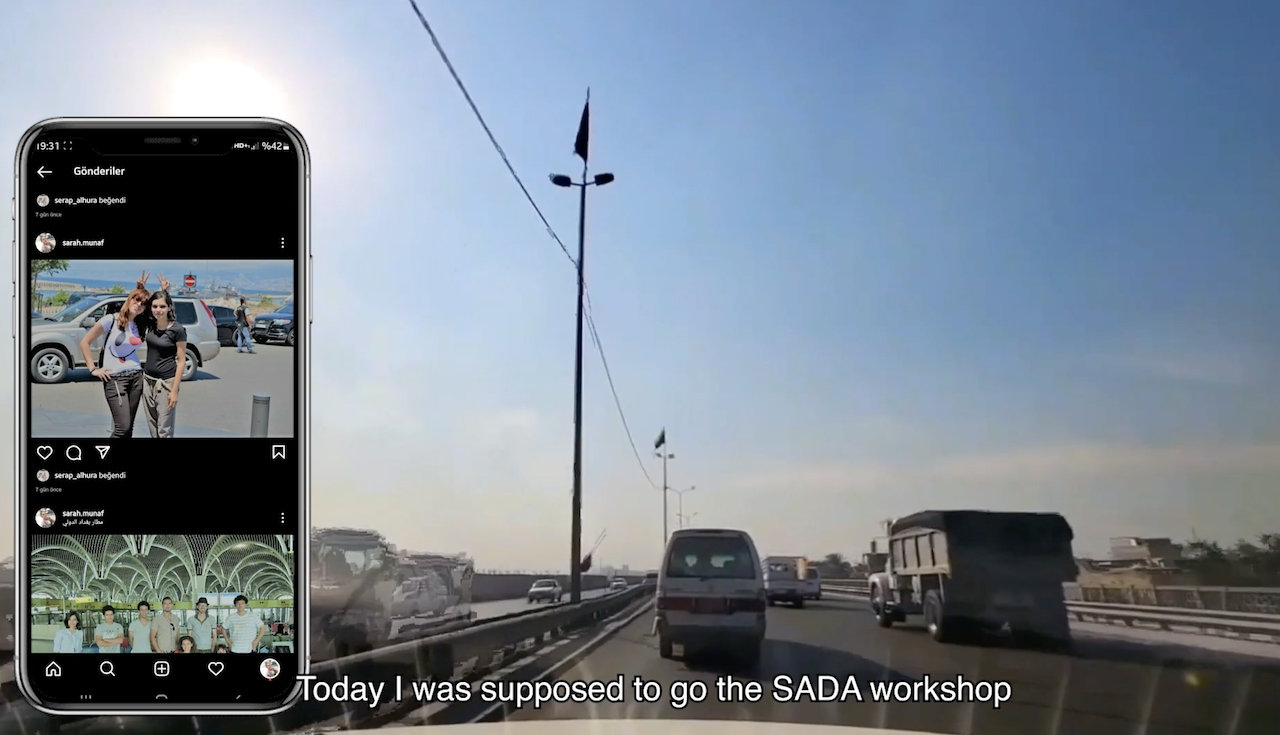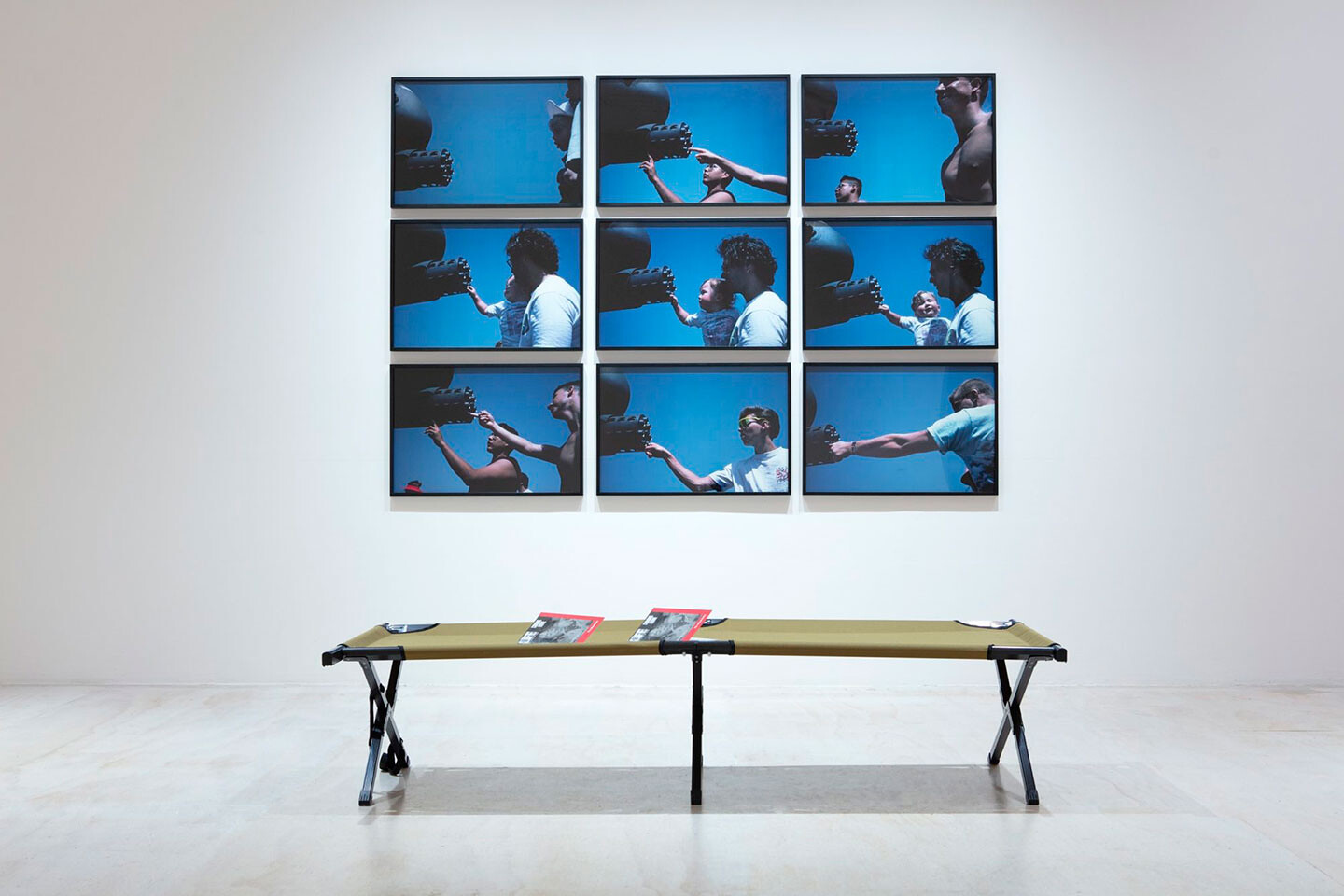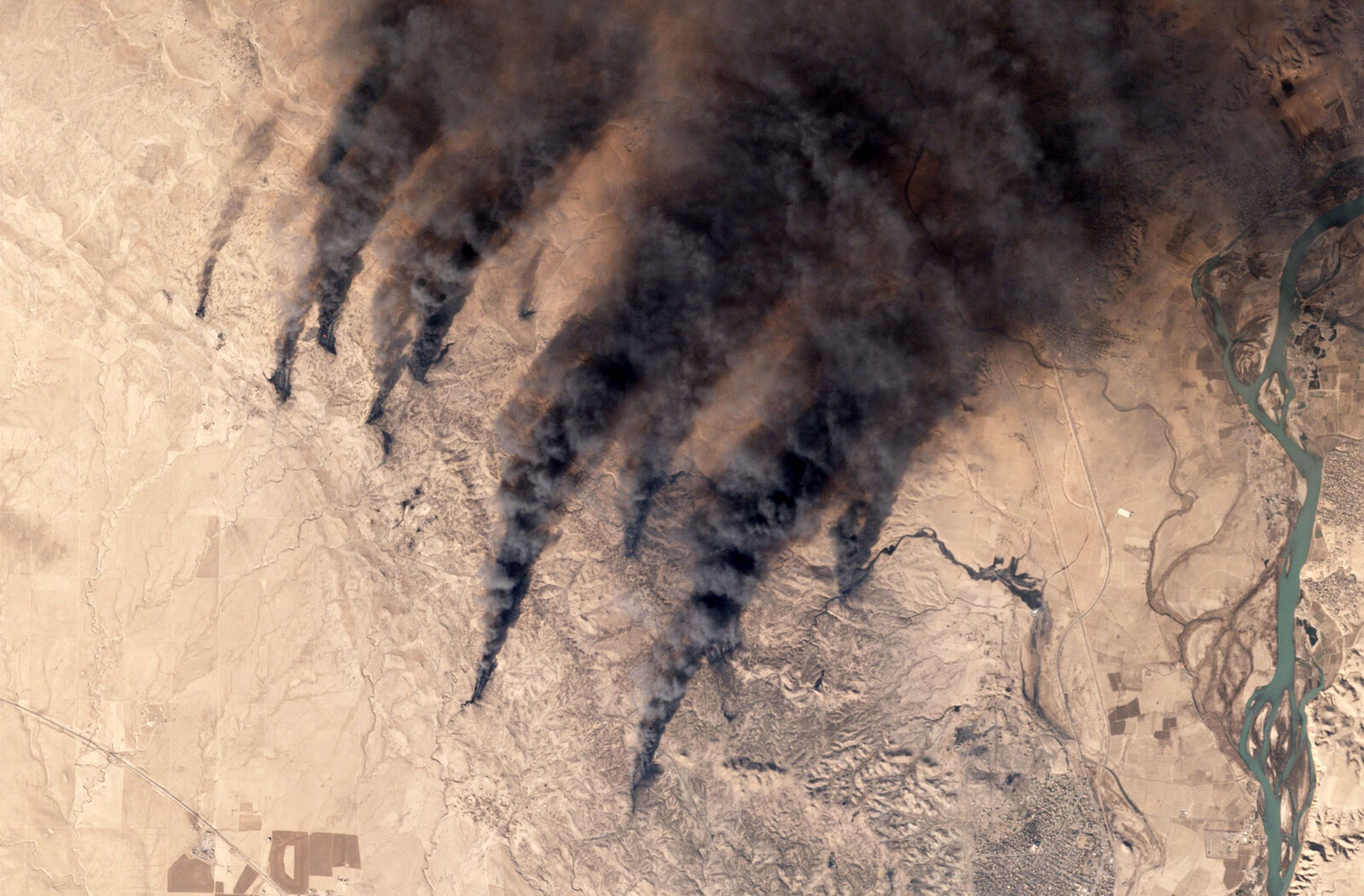Artists in Iraq, particularly young artists who came of age during the invasion, have never lacked the desire or ability to create art. But globally visible contemporary art, as anyone in the field knows, often assumes a ladder of prestigious art-school attendance, production support, mentorship, residencies, international travel, and social skill, usually in English. At Iraq’s two main art schools in Baghdad, which are free of cost, middle- and working-class students hardly have access to resources reserved for elites. Instead of journalists speculating what Iraqi art could have looked like—or curators failing to engage with artists outside their comfort class—it would be more useful to consider how actually-existing forms of production could be supported and understood. Young Iraqi artists never stopped working, and are informed—formally and informally—by the extensive visual and political histories that stretch from the Sumerian era to Baghdad’s current sprawling metropolis. Which “Iraq” is ultimately being recuperated in “Theater of Operations: The Gulf Wars 1991–2011”?
Trump speaks excitedly, as though he is the first person to think of bombing the shit out of Iraq. He speaks about the beauty of the burning oil fields remade in Exxon’s image. A year later, Trump’s words proved prescient. In the summer of 2016, oil fields across northern Iraq burned, with credit due not to Trump, but ISIS. Civilians in northern Iraq lived under a thick layer of toxic soot for eight months until the fires were finally put out in February 2017. Time will tell what damage, generational and in this lifetime, was caused to humans and the environment alike. Meanwhile, Trump also proposed a 10 percent increase—fifty-four billion dollars—in the US military budget, because we are going to win. What you can’t take by being a nice guy, you take by force. Beautiful women, oil fields, whatever.


